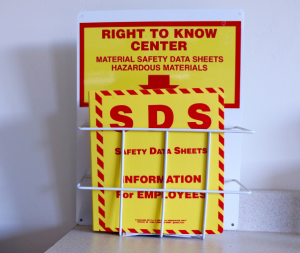Richard Denison, Ph.D., is a Lead Senior Scientist.
Earlier this month, EDF and other NGOs filed a notice of intent (NOI) to sue the Environmental Protection Agency for violations of the Toxic Substances Control Act and its own regulations that deny the public timely access to information on chemicals companies seek to bring onto the market.
Members of the public have a right to know about chemicals entering the market because they may well be exposed to them. And they have a right to know about and meaningfully participate in EPA’s review of the safety of those chemicals because such transparency, accountability, and public participation are fundamental to good government, as well as being required by the law.
This week the industry law firm Bergeson & Campbell (B&C) offered a commentary on the NOI, lamenting it as “hugely distracting and draw[ing] resources and [EPA] management’s attention away from other priorities.” Note that B&C represents many companies that submit new chemicals to EPA for review under TSCA and has been a central actor in the chemical industry’s efforts to weaken those reviews.
In its commentary, B&C acknowledges that the NOI has identified real legal violations committed by EPA, and that these violations result in the public having less information about the agency’s new chemicals program. But B&C asserts that the violations don’t really matter because they have been going on for a long time, not just under this administration. While that is true in some cases, the argument ignores the two elephants in the room. Read More











